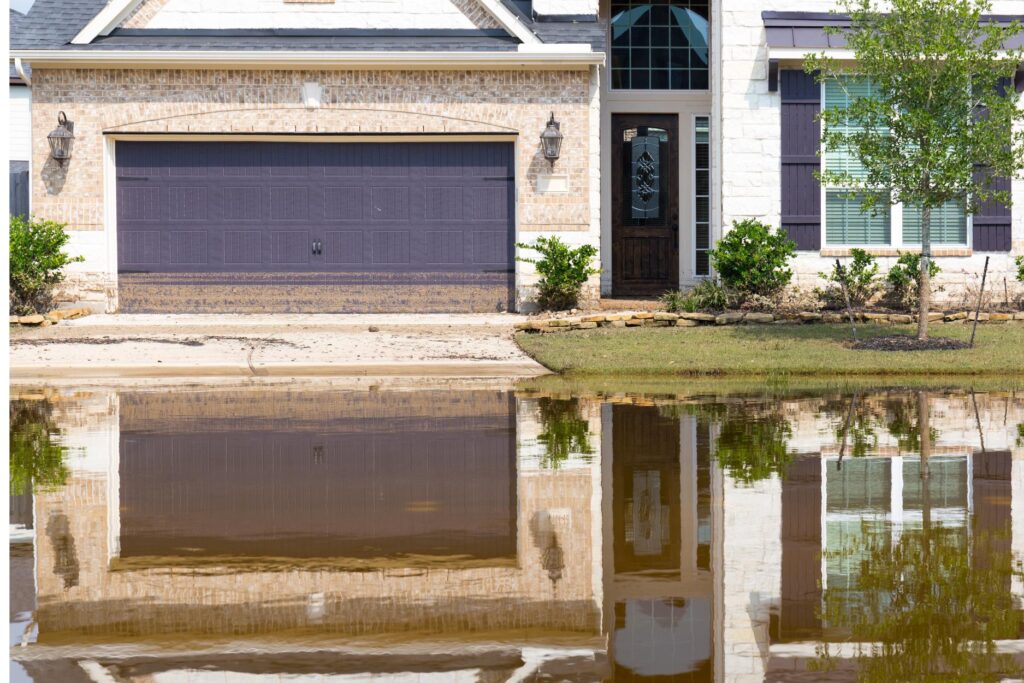Contents
When it comes to achieving top-notch garage door insulation, mastering the key techniques can make a significant difference in your home’s energy efficiency and comfort levels. From selecting the right insulation material to ensuring precise installation, each step plays an essential role in the success of your insulation project. Understanding these key techniques and implementing them correctly can transform your garage into a more energy-efficient and insulated space.
Key Takeaways
- Choose insulation with proper R-value for thermal efficiency.
- Seal gaps with weather stripping and foam board insulation.
- Install insulation correctly to prevent air leaks.
- Use polyurethane foam or polystyrene for panels.
- Regularly test and maintain insulation quality.
Choosing the Right Insulation Material
When selecting the appropriate insulation material for your garage door, consider the specific R-value requirements for best thermal efficiency. In insulation material comparison, cost-effective options play a significant role in the decision-making process.
Fiberglass insulation is a popular choice due to its affordability and relatively easy installation. It provides decent thermal resistance, but it can be itchy to handle.
Reflective foil insulation, on the other hand, is effective in reducing radiant heat transfer and is lightweight, making it easy to work with during installation. However, it may not provide as high R-values as other materials.
When comparing insulation material choices, factoring in the environmental impact is essential. Natural fiber insulation materials like cotton or sheep’s wool could be appealing options for environmentally-conscious individuals. These materials are renewable and biodegradable, making them eco-friendly choices. However, they may come at a higher cost compared to traditional insulation materials.
Balancing cost-effectiveness and environmental impact is pivotal in the quest for the right insulation material. By exploring various options and considering factors such as R-value, installation ease, and sustainability, you can make an informed decision that meets your thermal efficiency needs and your desire to minimize environmental impact.
Sealing Gaps and Cracks Effectively
To ensure maximum thermal efficiency in your garage door insulation project, it’s important to address any gaps and cracks effectively. Start by examining your garage door for any openings where air could leak in or out. Common areas where gaps may be present include around the edges of the door, between panels, and near the bottom where the door meets the ground.
Weather stripping is a highly effective solution for sealing these gaps. Install weather stripping along the sides and top of the door to create a tight seal when the door is closed. For larger gaps, consider using foam board insulation cut to size and placed strategically to fill the voids. Caulking can be used to seal smaller cracks and crevices that may be allowing air infiltration.
In addition to weather stripping and caulking, reflective foil can be a valuable tool in insulating your garage door. Reflective foil insulation works by reflecting heat away from the interior of your garage, helping to maintain a more consistent temperature. Install reflective foil insulation on the inside of the garage door for best results.
Installing Insulation Properly
Proper installation of insulation in your garage door is essential for achieving peak energy efficiency and temperature regulation. When installing insulation, paying attention to details and following proper techniques can make a significant difference in the effectiveness of your insulation. Here are some key points to keep in mind:
Insulation Thickness: Choosing the right thickness of insulation is pivotal. Thicker insulation provides better thermal resistance, helping to keep your garage at a more stable temperature.
Proper Sealing: Ensuring that the insulation is correctly sealed around the edges and seams is crucial to prevent air leaks. This step is often overlooked but is vital for maximizing energy efficiency.
Correct Placement: Installing the insulation in the right location within the garage door panels is important. Placing it uniformly and covering all areas will result in more consistent temperature control.
Avoiding Compression: Be cautious not to compress the insulation material too much. Compression can reduce its effectiveness by eliminating air pockets needed for insulation.
Use of Adhesives or Fasteners: Depending on the type of insulation, using appropriate adhesives or fasteners can help secure the insulation in place effectively. This prevents sagging or gaps that can compromise its efficiency.
Adding Insulation to Garage Door Panels
Achieving peak thermal efficiency in your garage door entails effectively adding insulation to the door panels. Enhancing the insulation in your garage door panels not only improves energy efficiency but also leads to significant cost savings in the long run.
When adding insulation to garage door panels, consider using materials such as polyurethane foam or polystyrene. These materials offer excellent thermal resistance, helping to maintain a consistent temperature inside your garage. Proper insulation reduces heat transfer, ensuring that your garage stays warmer in the winter and cooler in the summer, thereby contributing to energy efficiency.
To add insulation to your garage door panels, start by measuring the dimensions of each panel accurately. Cut the insulation material to fit each panel snugly, ensuring there are no gaps or air leaks that could compromise its effectiveness. Secure the insulation in place using adhesive or tape to prevent it from shifting over time.
Testing and Maintaining Insulation Quality
Testing the quality of insulation in your garage door is vital to secure maximum thermal efficiency and energy savings. Regularly evaluating and maintaining the insulation effectiveness of your garage door can help you confirm that your space remains well-insulated, reducing energy costs and increasing overall comfort levels.
When it comes to insulation testing and upkeep, consider the following key points:
Visual Inspection: Conduct a visual inspection of the insulation material for any signs of wear, tearing, or damage.
Thermal Imaging: Utilize a thermal imaging camera to identify any areas where heat transfer is occurring, indicating insulation gaps.
Weather Stripping Check: Verify the condition of weather stripping around the garage door to prevent air leaks.
R-Value Assessment: Evaluate the R-value of the insulation material to determine its thermal resistance capabilities.
Moisture Control: Keep an eye out for any moisture build-up within the insulation, as it can compromise its effectiveness over time.
Wrap-Up
Ensuring the success of your garage door insulation requires careful consideration of materials, effective sealing of gaps, proper installation techniques, adding insulation to panels, and regular maintenance.
You can maximize energy efficiency and cost savings by implementing these top techniques.
So, don’t overlook the importance of insulation in your garage door – take action today to create a more comfortable and energy-efficient space.




